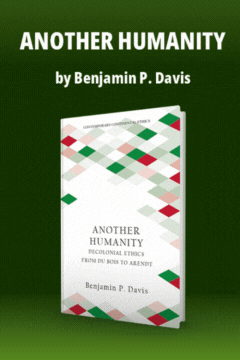Rethinking the Cultural Cold War
Rethinking the Cultural Cold War
Frances Stonor Saunders’ The Cultural Cold War: The CIA and the World of Arts and Letters is a widely discussed retrospective on post—Second World War liberalism that raises important questions about the relationships between intellectuals and political power. Obsessed with the hypocrisies of liberalism, its focus is neither the cold war nor U.S. foreign policy. Its focus is the role of the Central Intelligence Agency in promoting postwar anticommunist liberalism. Saunders argues that the world of arts and letters in the so-called “Western” zone of influence was something other than it seemed to its inhabitants. Although Western liberal writers, artists, and performers extolled the virtues of the open society, they were in fact serving as foot soldiers of American foreign policy, organized and covertly supported by the CIA. Most of Saunders’s attention is focused on the Congress for Cultural Freedom, a cosmopolitan network that organized many of the most important conferences and publications in the postwar period, whose CIA cover was blown only in 1967, in a series of explosive revelations.
Saunders’s book represents an updated version of the New Left revisionism about t...
Subscribe now to read the full article
Online OnlyFor just $19.95 a year, get access to new issues and decades' worth of archives on our site.
|
Print + OnlineFor $35 a year, get new issues delivered to your door and access to our full online archives.
|






